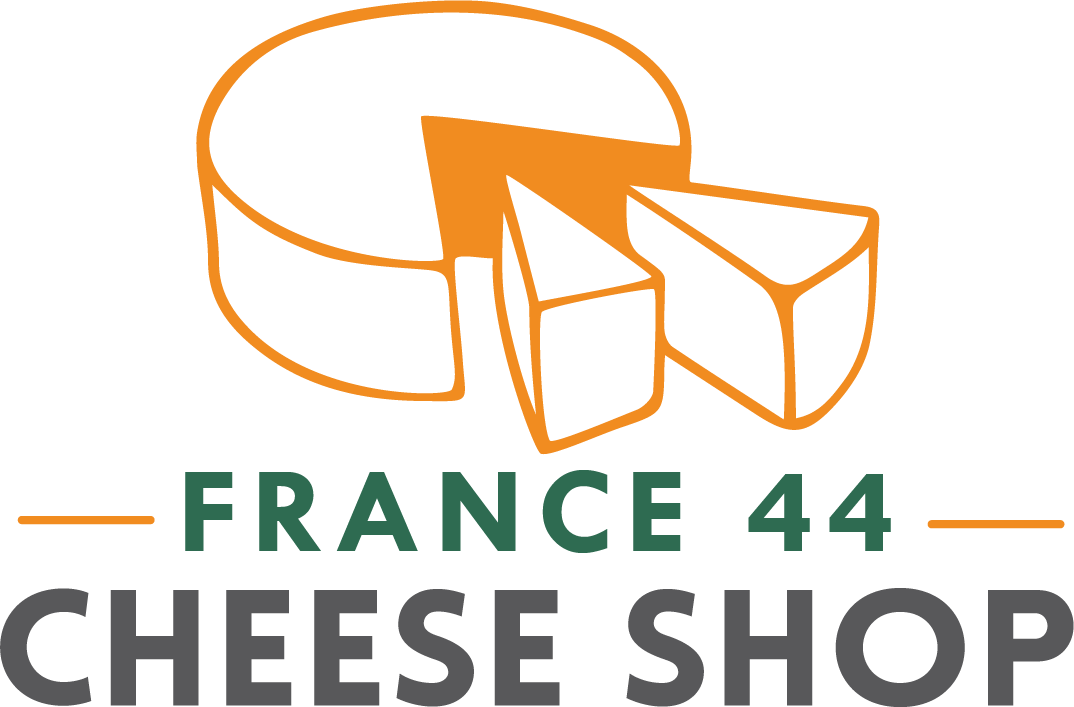By Jared Kaufman
Serves 4
Few dishes celebrate the melty, gooey, comforting qualities of cheese quite like the classic macaroni. To turn the dial up a notch, this spicy stovetop recipe uses Barnburner, a smoky cheddar made at Grafton Village Cheese Company in Vermont and aged at Crown Finish Caves in Brooklyn, and Challerhocker, a double-cream alpine-style beaut from Switzerland with a fudgy, roasty flavor.
And if you have never tasted our house-made ranch dressing, you’re missing out. It ranks among the best ranch dips I’ve tried, and it’s really what makes this recipe pop (no offense to the cheese, of course).
From France 44:
· ½ lb. Barnburner
· ½ lb. Challerhocker
· 1 pint F44 ranch dressing
From your pantry:
· 1 lb. large elbow macaroni (or your pasta of choice)
· ½ cup unsalted butter
· ½ cup all-purpose flour
· 1½ cups milk
· ½ cup Frank’s RedHot (use more or less to your liking)
· 3 stalks celery
· Scallions for garnish
· Optional: Chicken, cooked + chopped or shredded
Instructions:
1. Cook the pasta according to the package directions. Drain and set aside.
2. Meanwhile… prep your ingredients. Remove the rinds from both cheeses and grate into a bowl. Chop the celery into small dice.
3. Start the sauce. In the empty pasta pot (or another stock pot) over medium heat, melt the butter. Add the flour and immediately whisk to combine. Continue whisking for about 1 minute to let the mixture darken slightly.
4. While still whisking, add the milk. (The mixture will suddenly tighten in texture; this is OK!) Add the ranch, hot sauce, and cheese, and fold together. Continue stirring until the cheese melts and the sauce is very smooth and well-combined.
5. Finish the sauce. Remove from heat, and stir in the celery and chicken if using.
6. Combine the cooked pasta with the sauce. Garnish with finely chopped scallions and an extra drizzle of hot sauce if you so choose. Enjoy!






